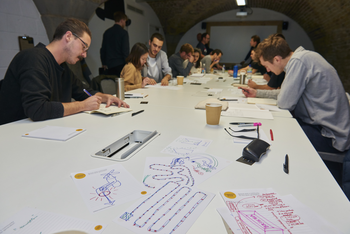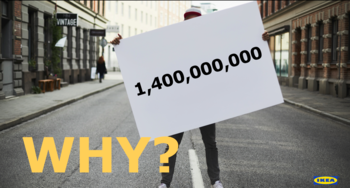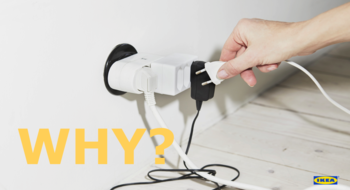Design brief
This official design challenge on MyMiniFactory in collaboration with IKEA explores the notion of "Off the Grid" and ties into a series of public workshops, and we want you to contribute. For those of you who participated in one of these workshops, the information below is not new, but please have a read through anyhow, especially to see how to take part in this online Design Challenge.
Why "Off The Grid"?
IKEA believes in providing as many people as possible with the means to create a better everyday life. Today, a lot of people lack access to the common water, energy and communications grids, which in many cases are key to make life at home work. That is why we want to explore independent off the grid solutions that allow people to be less dependent on existing systems. We want to explore hands-on everyday off-grid solutions for the basic things to cope with everyday life: energy, water, and communication. We want to harness the power of the sun to provide the light and electricity needed in everyday life. We want to improve the usage, cleaning, and collecting of water. And we want to see how people can connect without grids.
Why a Democratic Design Challenge?
Off the Grid connects to IKEA's idea about democratising great things, to give the people access to high-value products that make everyday life better. Democratic Design is guided by IKEA's vision “to create a better everyday life for the many people".
Democratic Design is a tool and a mindset that can be applied to a number of design areas - from product design, to architecture, to media, to food, and much more.
Making things better through IKEA's Democratic Design principles means doing five things better:


.png)




